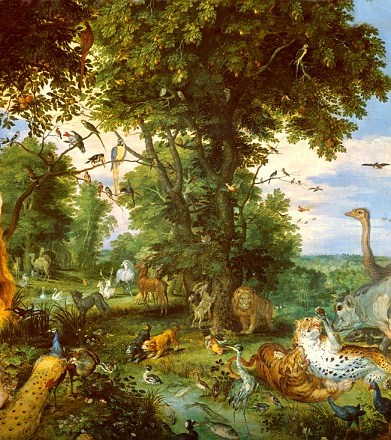Wrapping up my series on story and memory with two last bits of research. As with Part 2 of the series, Stephanie West Allen was probably the source of these items:
Autobiographical memory is a uniquely human form of  memory. So assert Researchers Robyn Fivusha, Tilmann Habermas, Theodore E.A. Waters, and Widaad Zaman in their paper in the International Journal of Psychology, “The making of autobiographical memory: Intersections of culture, narratives and identity” (a rare academic article that can be downloaded at no cost). Their main premise, though, deals with differences in the ways parents shape autobiographical narratives for their children and the notion that parents help adolescents structure life narratives:
memory. So assert Researchers Robyn Fivusha, Tilmann Habermas, Theodore E.A. Waters, and Widaad Zaman in their paper in the International Journal of Psychology, “The making of autobiographical memory: Intersections of culture, narratives and identity” (a rare academic article that can be downloaded at no cost). Their main premise, though, deals with differences in the ways parents shape autobiographical narratives for their children and the notion that parents help adolescents structure life narratives:
Autobiographical memory is a uniquely human form of memory that integrates individual experiences of self with cultural frames for understanding identities and lives. In this review, we present a theoretical and empirical overview of the sociocultural development of autobiographical memory, detailing the emergence of autobiographical memory during the preschool years and the formation of a life narrative during adolescence. More specifically, we present evidence that individual differences in parental reminiscing style are related to children’s developing autobiographical narratives. Parents who structure more elaborated coherent personal narratives with their young children have children who, by the end of the preschool years, provide more detailed and coherent personal narratives, and show a more differentiated and coherent sense of self. Narrative structuring of autobiographical remembering follows a protracted developmental course through adolescence, as individuals develop social cognitive skills for temporal understanding and causal reasoning that allows autobiographical memories to be integrated into an overarching life narrative that defines emerging identity. In addition, adolescents begin to use culturally available canonical biographical forms, life scripts, and master narratives to construct a life story and inform their own autobiographical narrative identity. This process continues to be socially constructed in local interactions; we present exploratory evidence that parents help adolescents structure life narratives during coconstructed reminiscing and that adolescents use parents and families as a source for their own autobiographical content and structure. Ultimately, we argue that autobiography is a critical developmental skill; narrating our personal past connects us to our selves, our families, our communities, and our cultures.
Researchers test the idea that we hunt for memories in our minds the same way some animals search for food. Ferris Jabr recently reported in Scientific American that “our brains may have evolved to forage for some kinds of memories in the same way, shifting our attention from one cluster of stored information to another depending on what each patch has to offer.” Further:
“Memory foraging” is only one way of thinking about memory–and it does not apply universally to all types of information retained in the brain–but, so far, the analogy seems to work well for particular cases of active remembering.
Now, there’s not much overt connection between this last item on memory and story — except that the “clusters of stored information” might be in story form.
